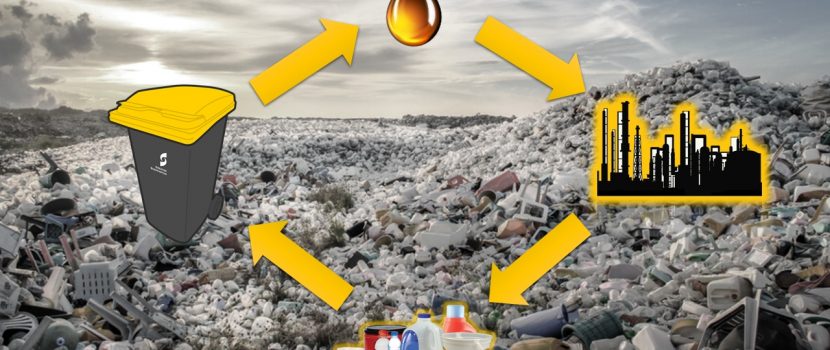
Dechlorination during pyrolysis of plastics
Pyrolysis, classified as a tertiary (thermochemical) plastics recycling process, is currently promoted as an effective solution for recycling a wide range of plastic wastes. Although it is not a new technology, it is just now finding an economically sustainable application on a larger scale, mainly due to the adoption of legislative measures such as the Paris agreement or the landfill ban. The advantage of pyrolysis is the possibility of creating not inferior plastics, as in the case of secondary (mechanical) recycling, but producing completely new pure polymers. It is possible due to the pyrolysis liquid, which is the main pyrolysis product at temperatures around 500 °C. The pyrolysis liquid can be theoretically used in standard petrochemical processes to produce new (virgin) polymers. Practically, however, there are still some issues to be resolved concerning its composition. For example, the presence of halogens is especially undesirable. These can be found in the polymer structure (e.g., PVC) or added additives. Halogens, in general chlorine and bromine, form aggressive acids during pyrolysis or subsequent processes that can cause serious problems in the form of corrosion of refinery equipment.
The research of the 3U consortium (UJEP, Orlen UniCRE, and Orlen Unipetrol) was focused on the removal of chlorine (Cl) from liquid products of pyrolysis of plastics. The pyrolyzed raw material was a model mixture corresponding in composition to waste plastics in yellow bins. In order to eliminate Cl, different conditions of batch pyrolysis were tested together with Ca(OH)2, Fe3O4, and Fe-based sorbents. The results show that the retention time of the products in the reaction zone and the preceding low-temperature step (350 °C) of the so-called stepwise pyrolysis are crucial for the removal of Cl from PVC-containing wastes as it resulted in the reduction of up to 99 % of Cl. In terms of tested sorbents/catalysts, their placement outside the reactor proved to be crucial, which has not yet been highlighted or explained in the literature. The specified limit for Cl content (10 ppm) was achieved by a combination of stepwise pyrolysis and sorbents placed outside the reactor. The results are currently being applied in follow-up research on the pyrolysis of real municipal plastic waste and are also used for the design of a pilot continuous pyrolysis unit.
Link to the article: Hubáček, J.; Lederer, J.; Kuráň, P.; Koutník, P.; Gholami, Z.; Zbuzek M.; Bačiak M.; Dechlorination during pyrolysis of plastics: The potential of stepwise pyrolysis in combination with metal sorbents. Fuel Processing Technology 2022, 231. https://doi.org/10.1016/j.fuproc.2022.107226
The archive of other published articles can be found here